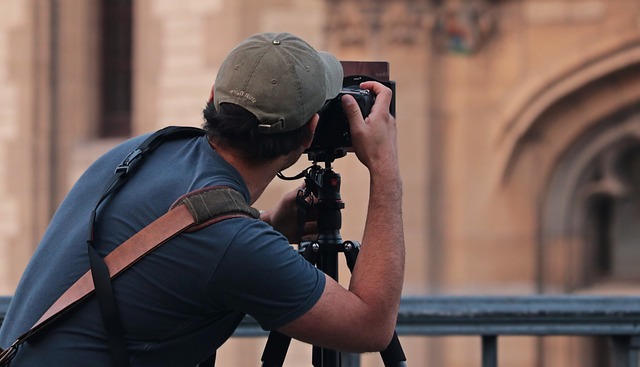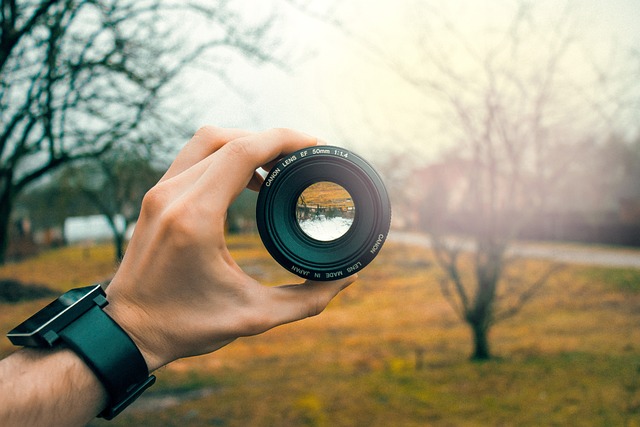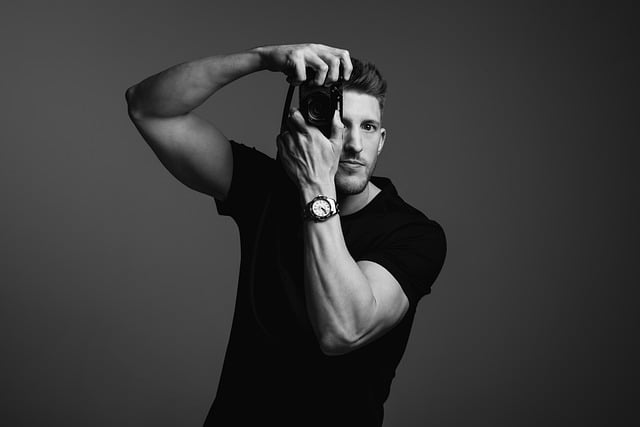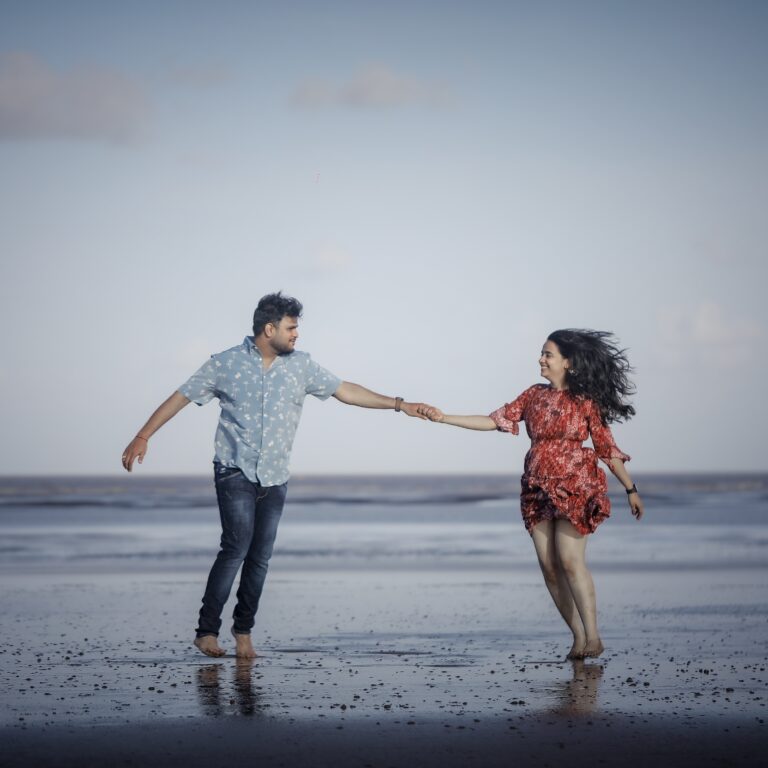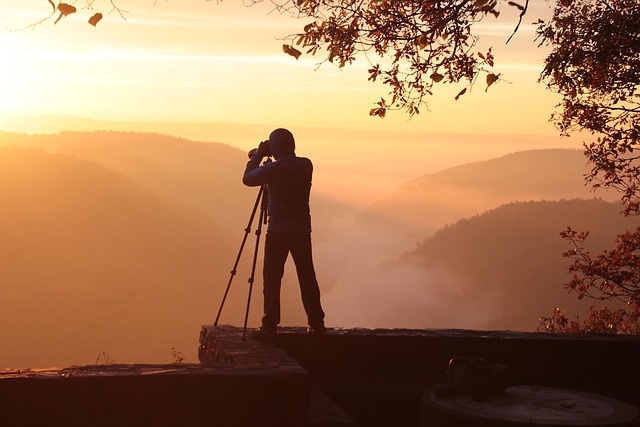10 Essential Photography Tips for Beginners
10 Essential Photography Tips for Beginners
Photography is a fascinating art that allows you to capture moments, tell stories, and express creativity. However, as a beginner, it can be overwhelming to navigate camera settings, composition techniques, and lighting. Here are ten essential photography tips to help you improve your skills and take stunning photos.
1. Understand Your Camera
Before you start taking pictures, it’s important to understand how your camera works. Read the manual, learn about the different settings, and experiment with modes like manual, aperture priority, and shutter priority. Knowing how to adjust ISO, shutter speed, and aperture will give you better control over your shots.
2. Master the Exposure Triangle
The exposure triangle consists of three crucial elements: ISO, shutter speed, and aperture.
- ISO controls the camera’s sensitivity to light. A lower ISO (100-200) is best for bright conditions, while a higher ISO (800-3200) helps in low-light settings but can introduce noise.
- Shutter speed determines how long the sensor is exposed to light. A fast shutter speed (1/1000s) freezes motion, while a slow shutter speed (1/30s or slower) creates motion blur.
- Aperture (f-stop) controls the depth of field. A lower f-number (f/1.8) creates a blurred background (bokeh), while a higher f-number (f/11) keeps more of the image in focus.
3. Use the Rule of Thirds
The rule of thirds is a fundamental composition technique that enhances photo balance. Imagine your frame divided into a 3×3 grid and place the subject at the intersections rather than in the center. This simple trick makes your images more engaging and visually appealing.
4. Focus on Lighting
Lighting can make or break a photograph. Natural light, especially during golden hour (shortly after sunrise and before sunset), creates soft and flattering effects. Avoid harsh midday sunlight, as it can create strong shadows. When shooting indoors, position your subject near a window or use artificial light sources strategically.
5. Experiment with Different Perspectives
Changing your angle can transform a simple shot into a creative masterpiece. Instead of always shooting at eye level, try:
- Low angles to make subjects appear larger or more dramatic.
- High angles for an interesting overview.
- Close-ups to highlight details and textures.
6. Keep Your Camera Steady
Blurry photos often result from shaky hands. To minimize this, hold your camera with both hands, keep your elbows close to your body, and stabilize yourself by leaning against a wall or using a tripod. A tripod is especially useful for long-exposure shots and low-light conditions.
7. Shoot in RAW Format
JPEG is a compressed format, but RAW files retain all image details, allowing for better post-processing. Shooting in RAW gives you more flexibility in adjusting exposure, white balance, and colors without losing quality.
8. Pay Attention to Backgrounds
A cluttered background can distract from your subject. When composing a shot, scan the background and reposition yourself or your subject to eliminate unwanted elements. Using a wider aperture (low f-number) can also blur the background and make the subject stand out.
9. Practice Composition Techniques
Besides the rule of thirds, other composition techniques can enhance your photography:
- Leading lines (roads, fences, pathways) guide the viewer’s eye toward the subject.
- Symmetry and patterns create visually pleasing images.
- Framing (using natural elements like windows or archways) draws attention to the subject.
- Negative space (leaving empty space around the subject) adds emphasis and minimalism.
10. Keep Practicing and Experimenting
Photography is a skill that improves with practice. Challenge yourself by taking photos in different environments, experimenting with settings, and trying new styles. Join photography communities, seek feedback, and never stop learning. The more you shoot, the better you’ll become!
Conclusion
Becoming a great photographer takes time, patience, and continuous learning. By understanding your camera, mastering exposure, using proper composition, and practicing regularly, you’ll develop the skills needed to capture stunning images. Keep experimenting, have fun, and enjoy the journey of photography!

